The Laos Buffalo Dairy Story: Part 2 - Building Laos’ first dairy - the first Buffalo arrive
This week’s blog post is a continuation of chef Rachel sharing our story as we tell it on the farm tour. For part 1 click here.
Part 2 Building Laos’ first dairy - the first Buffalo arrive
Three days before our six-week trial was due to end, we managed to bring in a single cow milking machine from China. This machine ran on either electricity or petrol, which is important to note, as Mr. Eh didn’t have electricity near the field at the time. The machine arrived flat packed in the early evening, and Steven and Mr. Thon, our trusty tuk tuk driver, boldly took on the chore of trying to set it up in the failing light. With the instructions translated from Chinese, loosely into English, this was no easy task. Luckily, the instructions also kind of looked like IKEA instructions with lots of pictures to guide them.
The following day we were very excited to try the machine to see if we could get more milk than from milking by hand. It felt like the entire village came out to watch! They had been watching over the previous six weeks all the new and unfamiliar things that we, as the crazy falang (the term for all ‘foreigners’) had come up with. As luck would have it, not a drop of milk came out. It turned out that buffalo are very sensitive to change. The machine was noisy and it made them nervous. So, we vowed to try again the next day. Finally, with two days left, we got some milk from the machine milking approach.
Our trial finished just in time for Steven and Susie to go back to Oz for a holiday. And when they came back, it was time to sit down and discuss our next steps. We decided to move ahead with the dairy, and that meant we put the idea of building a hotel on hold!
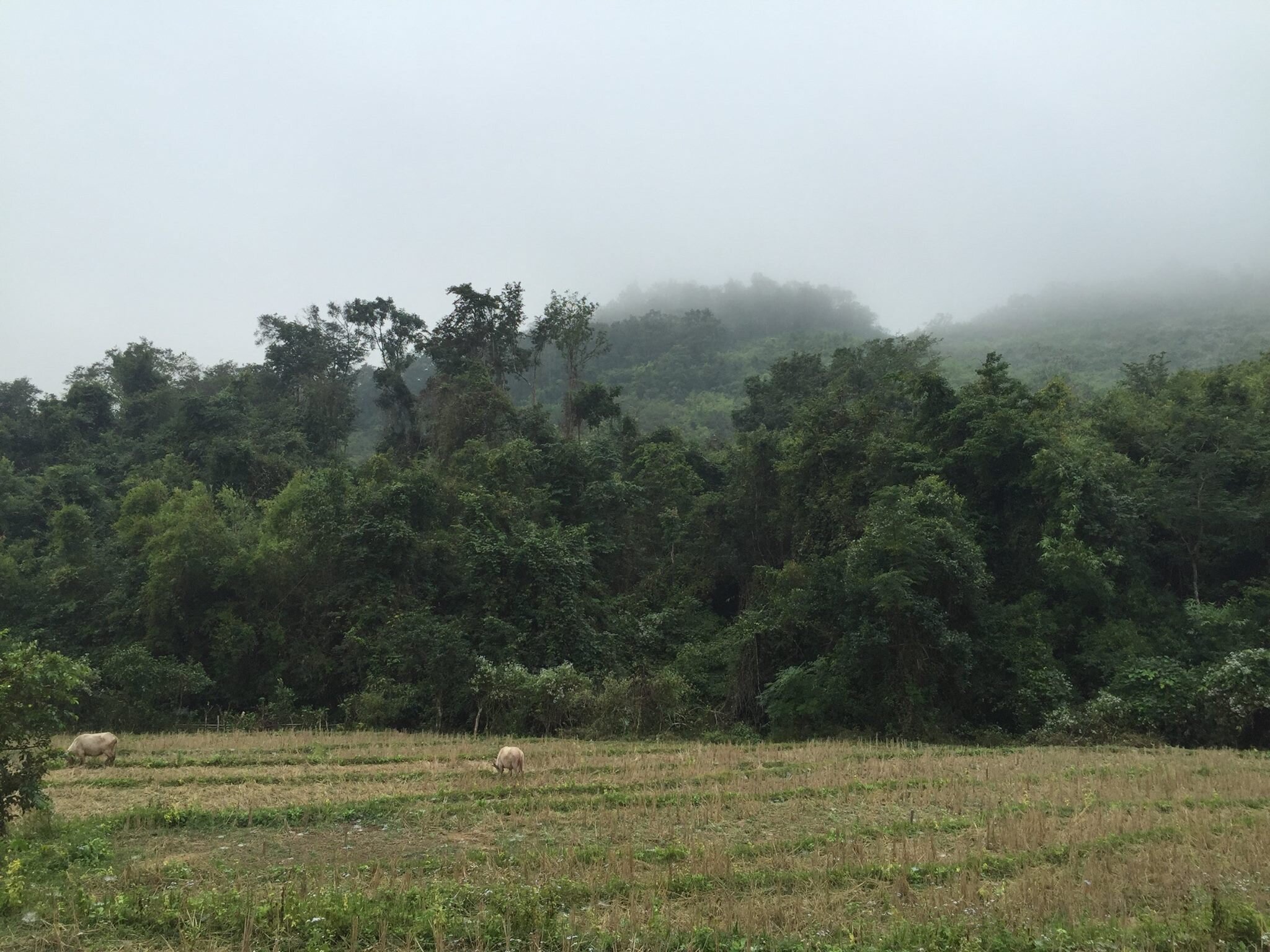
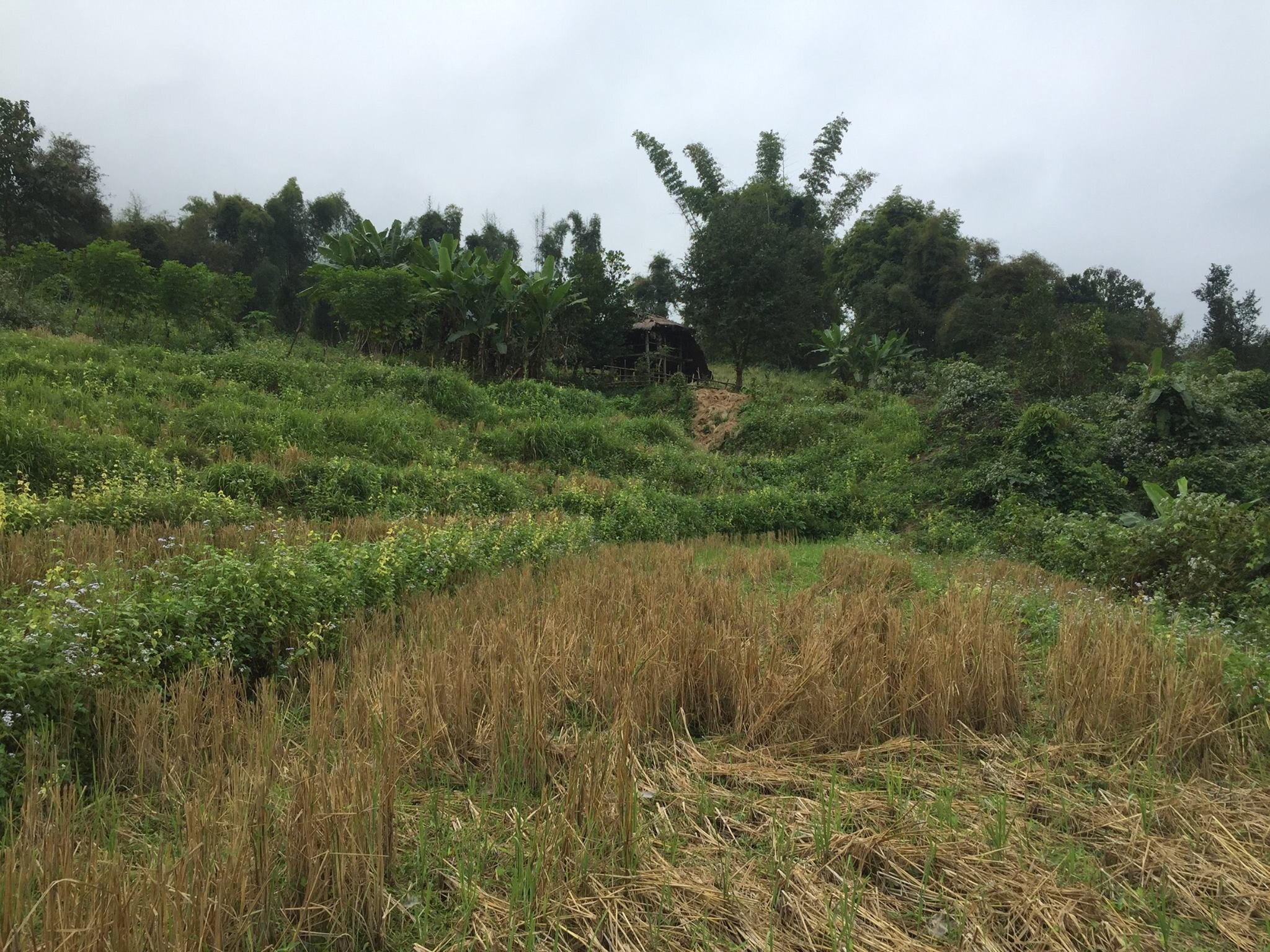


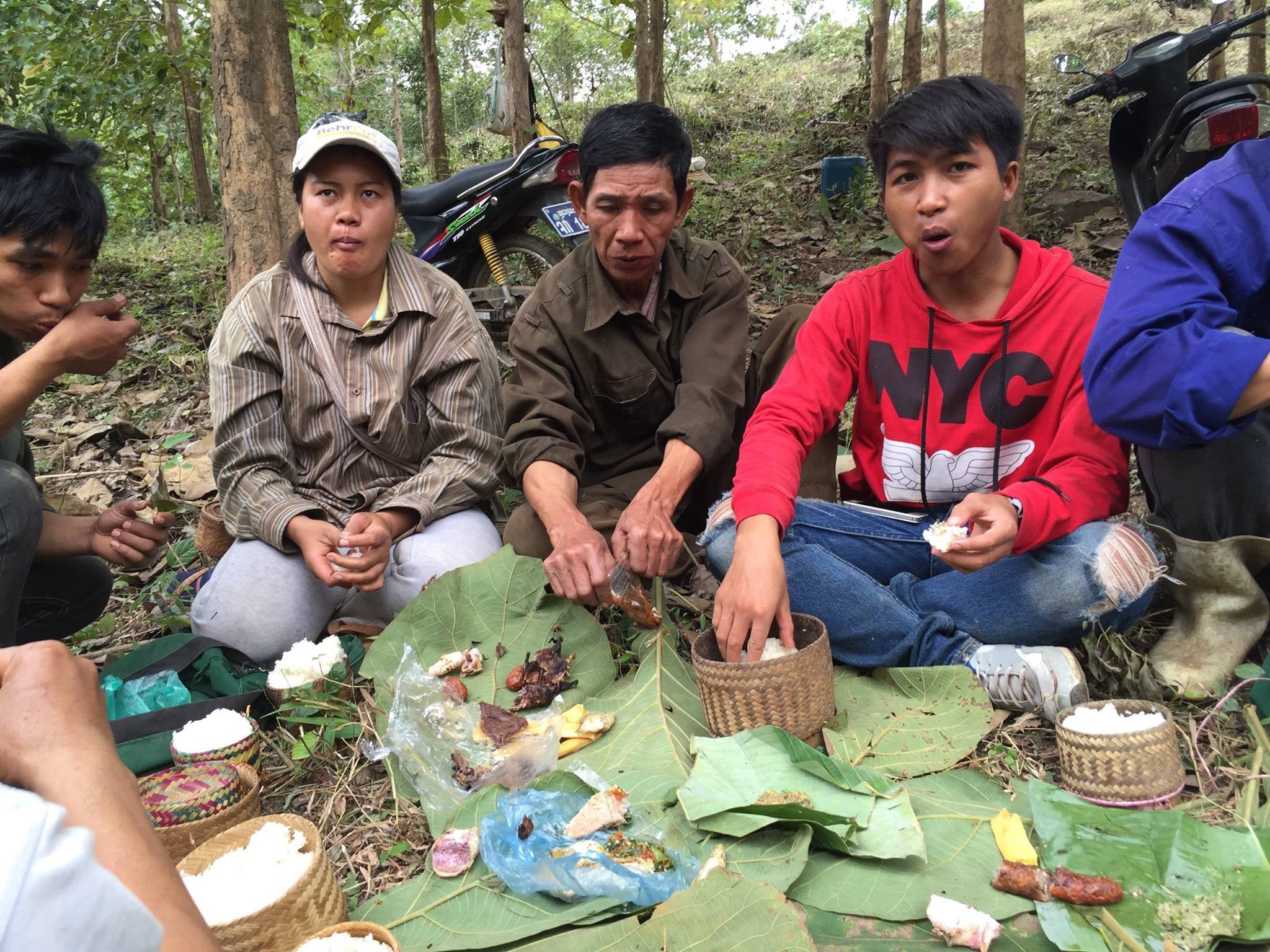
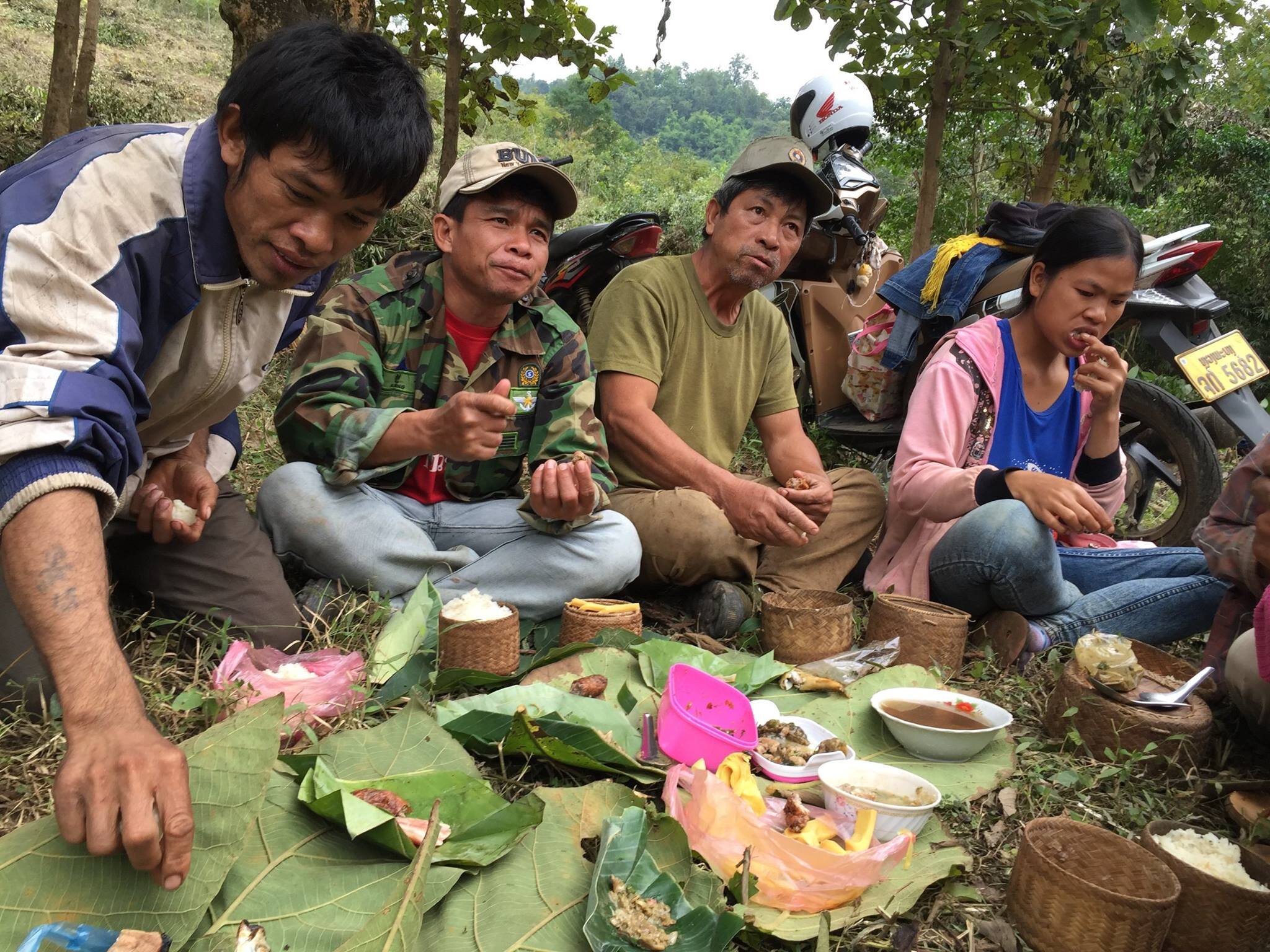
Laying the foundations of the Dairy Farm
To build a dairy we needed land, and so we sent the team out to look for somewhere suitable. They looked and talked with farmers and landholders. We looked at many parcels of land and, finally, after talking with a bunch of farmers in Ban Naxao, we decided that we had found a suitable bunch of connected properties that would work. We rented the land for a two-year period with options to renew, and spent lots of time clearing the land and building fences. We planted grass, as we knew that this was the most critical first step.
However, when we got to the point that we needed to put in a new road to continue building, we ran into a roadblock. Literally. While we had a signed piece of paper from the village chief stating that we could have four-meter-wide road access, it turned out that it was the deputy village chief who signed that and he didn’t have authority to give it to us. That and we would be going through another piece of property that wouldn’t grant us access where the road was easiest for us to build. We tried negotiating, but were constantly told, “No, you only have motorbike access.” “You can buy this one hectare of land for USD $150,000.” “You can move your road over there next to the creek coming down.” None of these were viable options for us, so we decided to stop with the plan for that site and to look elsewhere.
The team went out again to look for new land and came across the parcel of land that we still have now, in Ban Muang Khay. It was flat, check. It was empty, check. It already had electricity, check. It was on the main road with road access, check. It was on the direct route to Kuang Si Waterfall (a major tourist destination) check, check, check! And so, we began negotiations yet again for land rentals and building rights.
It took about six weeks with 40-60 people every day to clear the land of all the trash and black plastic sunk into the ground from the watermelon farm that was on the land years before. Clearance was an arduous task, but a necessary one since there would be living animals that traditionally forage on site, and we needed to make sure it was all gone to keep them healthy and safe.
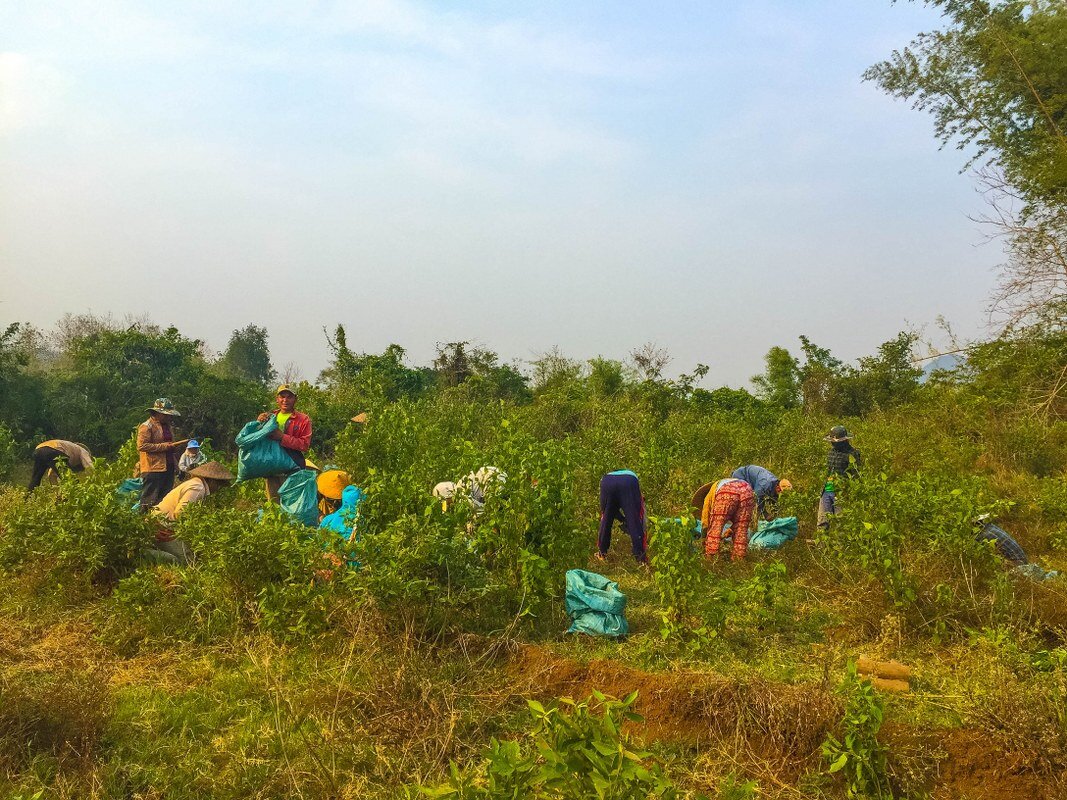
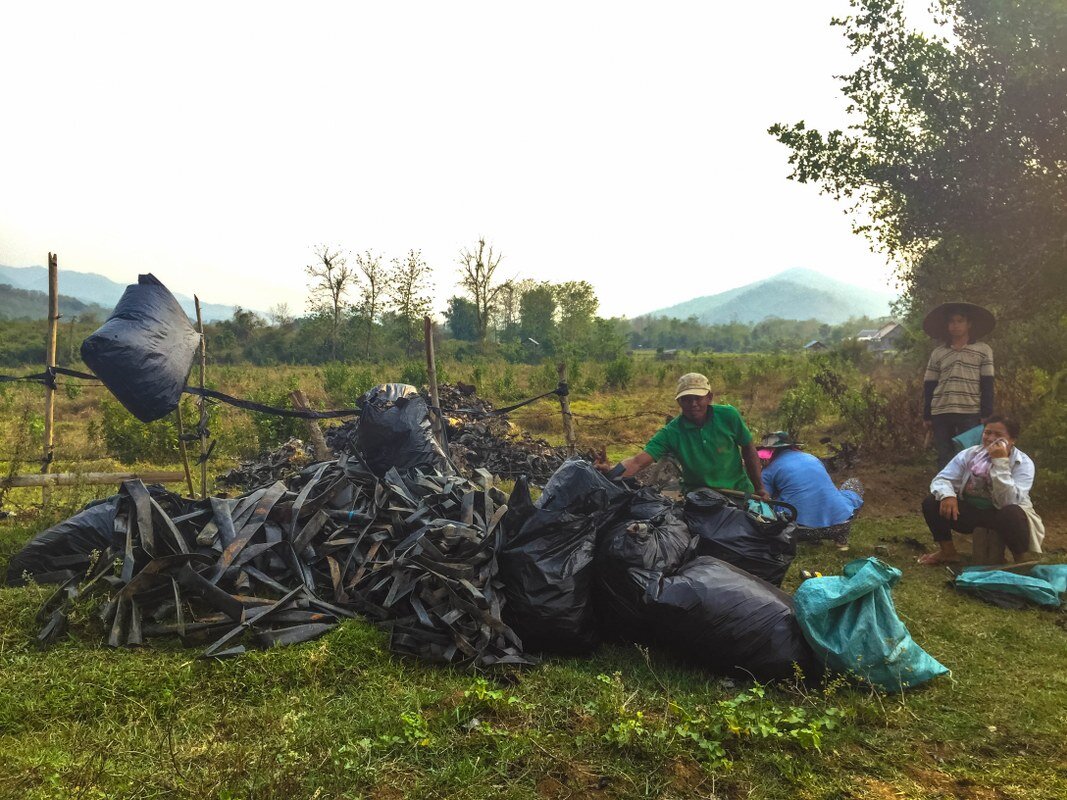
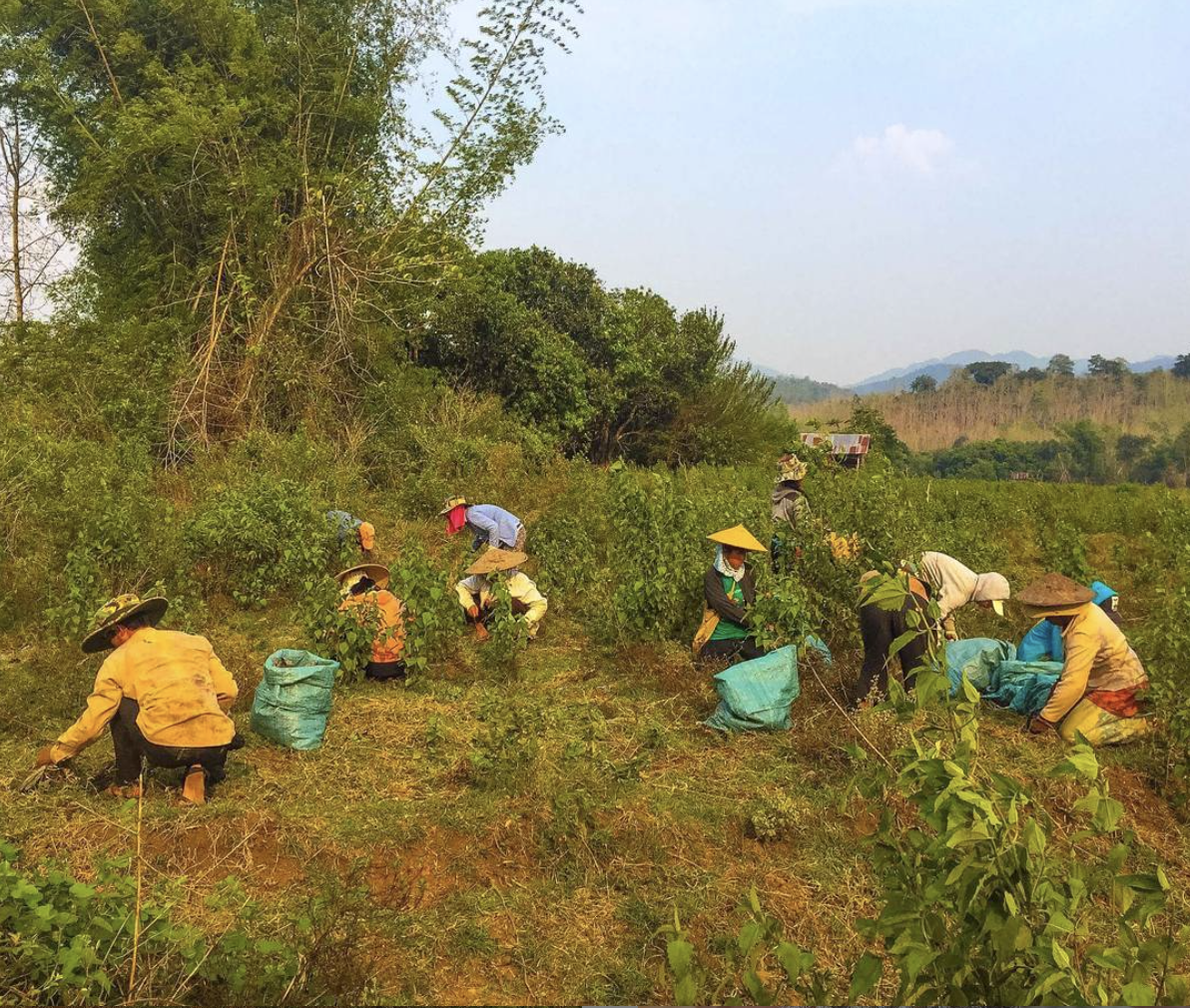

Getting the Farmers onboard
During this time, we prepared and thought about how we could convince the farmers to trust us. We knew that they wouldn’t just give us their “bank accounts”, which is essentially what a buffalo amounts to for a farmer. Farmers keep between three and five buffalo in their “herd”. When they need money to, for example, send a child to school, for a marriage, for a hospital stay, a baci ceremony (a buddhist blessing ceremony), or when someone dies, they sell as many buffalo as they need to pay for whatever it is. But, unfortunately, while the buffalo is their bank account, they don’t make any interest off it. And since they generally cannot afford to pay for vaccinations, there is no guarantee that their “bank account” will provide them with any money since the animal may end up dying of a disease. It’s like a lottery that way.
We decided to hold four informational sessions in one day, spread out over several villages – Kok Mon, Pit Nyai, Ban Jok and Ban Naxao, to talk to the farmers about our idea. Luckily, due to Susie’s persistence with the government, we had Doctor Som, and some other key agricultural officials, on our side to help with these meetings. Dr. Som is a Laos veterinarian who was trained in Cuba many years ago and had an understanding of dairies from his time abroad.
We had our team once again going to villages where there are lots of buffalo, and that are close enough to where the farm would be, to put up fliers about what we wanted to do. While they were in these villages, our team did some preliminary talking with people; asking how many buffalo they had, and would they be interested in coming for an informational session, giving them a brief intro to what we are planning.
We went to these informational meetings with our government allies and had some pretty good turnouts. It appeared more people were interested than not. And they had questions; questions about diseases and the health of buffalo; questions about diets. We answered all of the questions they had. We asked them all to sign an attendance sheet with their phone numbers and planned to have them all visit the farm soon.
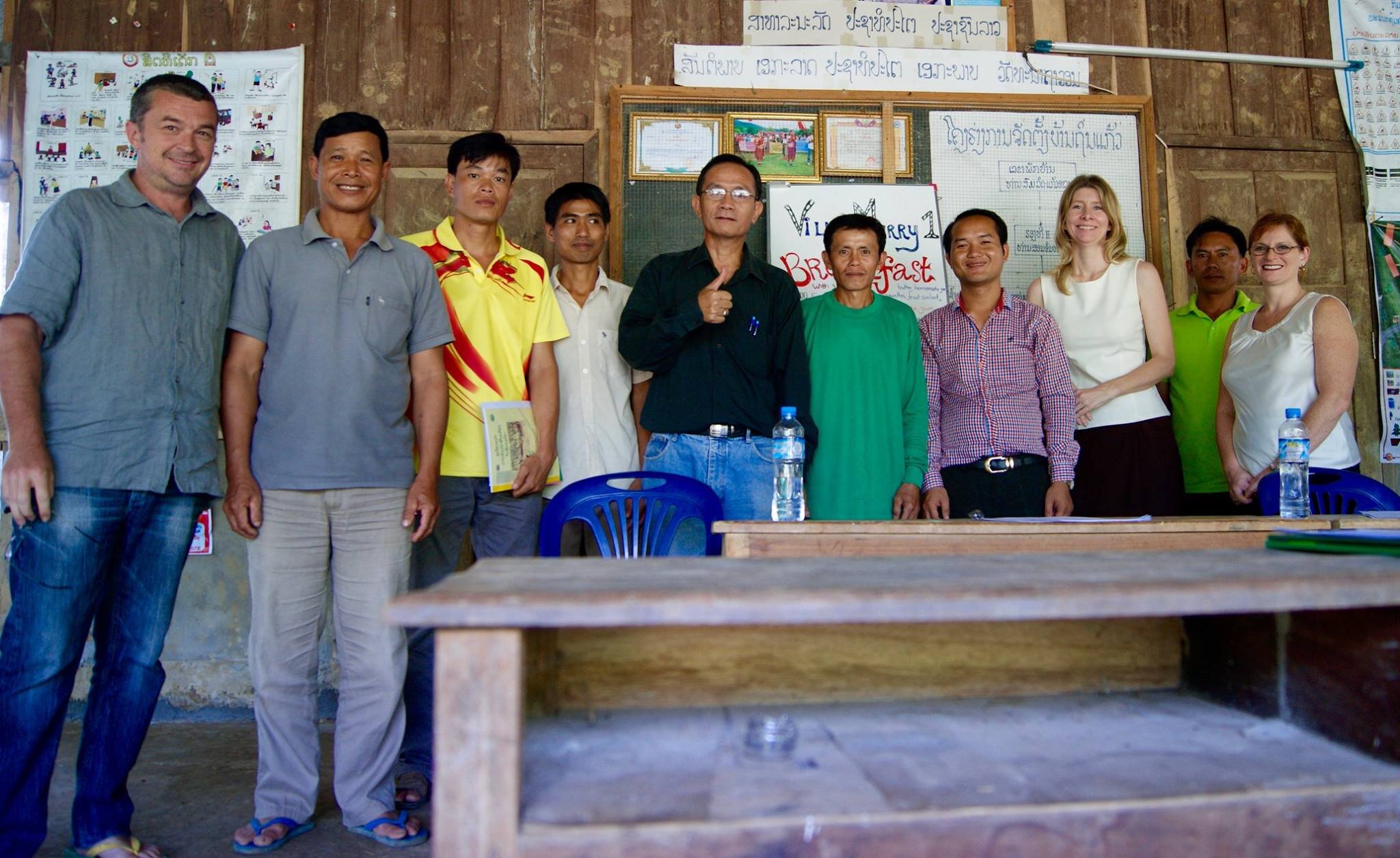
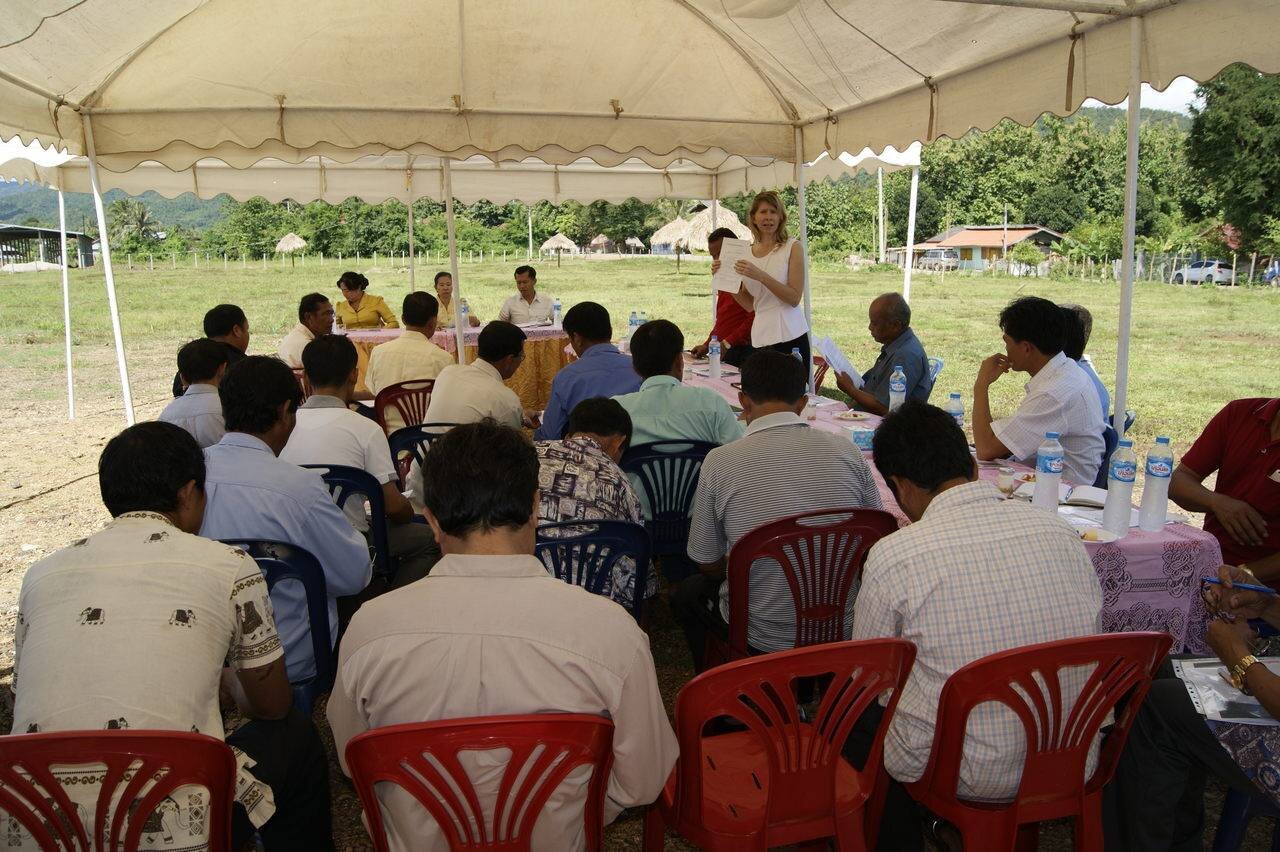
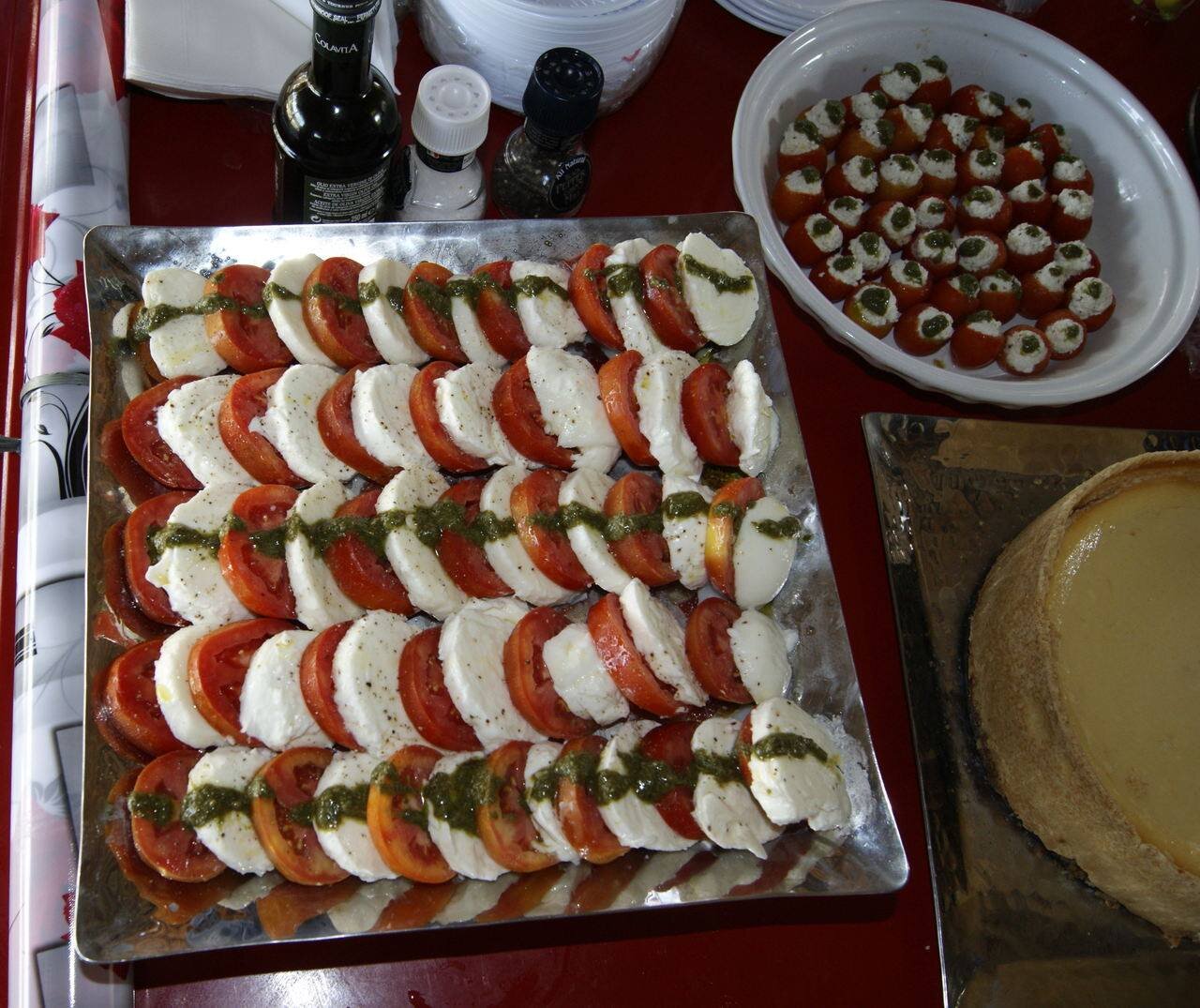
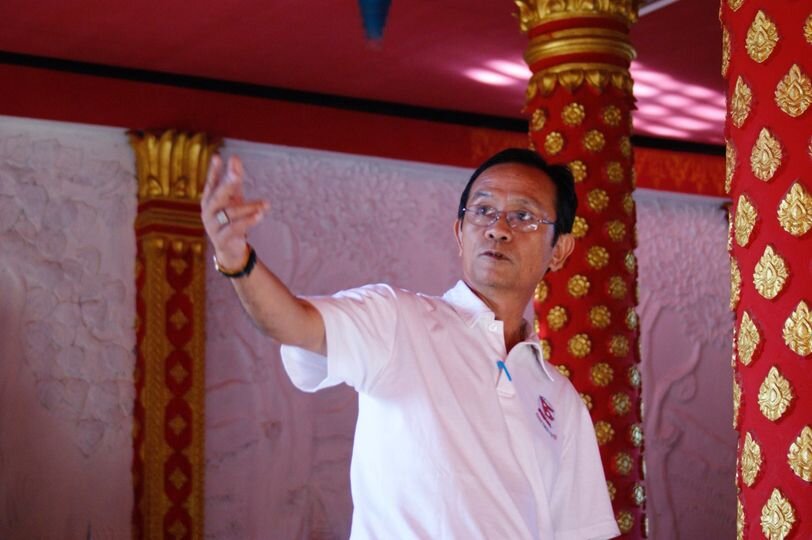
Talking with the Village Chiefs
For the next stage we brought the village chiefs to the farm and showed them what we were doing. We needed to get the village chiefs on our side before the farmers would agree to work with us. So, we set up a meeting, in October 2016, with 17 village chiefs at the farm and explained our new business and what it would mean for the farmers. We prepared yogurt, mozzarella caprese, ricotta stuffed tomatoes and cheesecake for the chiefs so they could taste what we would produce. We had Doctor Som with us, as well as other agriculture government officials, who helped explain and helped show them around. We talked about writing up a contract that is mutually agreed upon that each farmer would have to sign when they bring us their buffalo. Once all of that was set, our next step was to bring the farmers in.
Farmers Visit the Dairy
We arranged with the villages to come to visit the farm one village at a time, and they brought all the farmers who had buffalo. Every time they came we talked with them about what we were doing and how it would benefit them. Remember Mr. Eh and chief Somlit from earlier? Well they were some of the first people to have buffalo on our farm. This helped when the other farmers came. The farmers could see how the buffalo were handled by us and our team. They could see how healthy they were, and how much better the body condition was than the buffalo that were left to roam around unattended.
The farmers liked what we were doing but they were still skeptical about bringing their animals to us. They wanted to see their brother, cousin, or neighbor do it first to see the results. We understood that, it’s a lot to ask for their trust to do something when they have no idea how it will turn out. It’s like telling someone, give me your bank account and I promise I’ll return it in full with interest. Why would you trust that someone would do that? So, we needed to prove to them that it would be worthwhile.
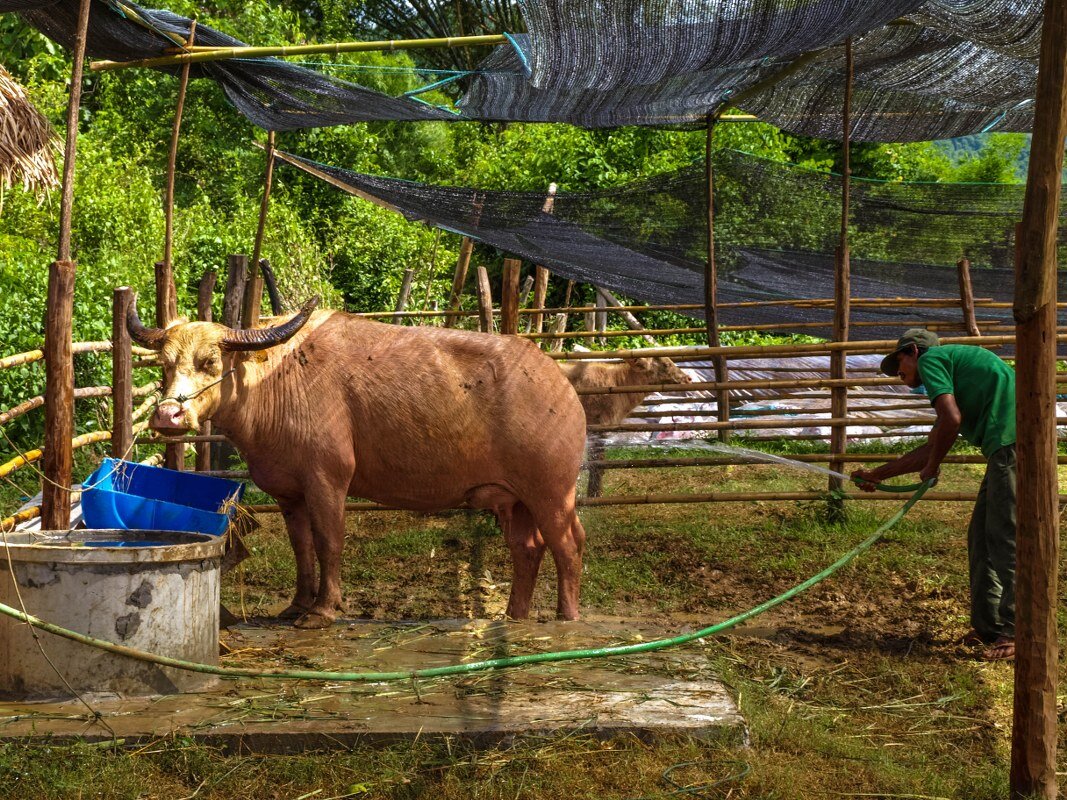
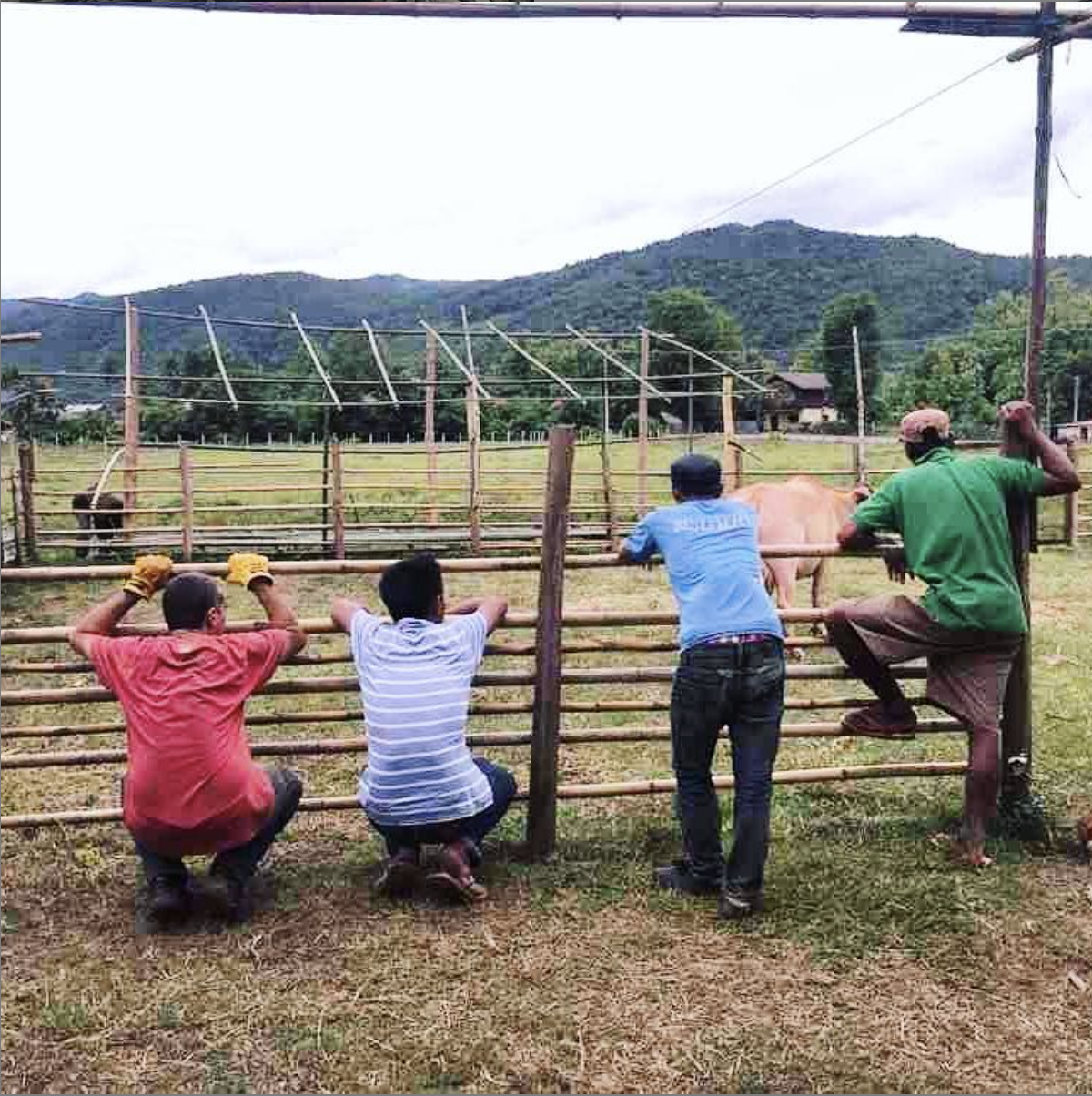
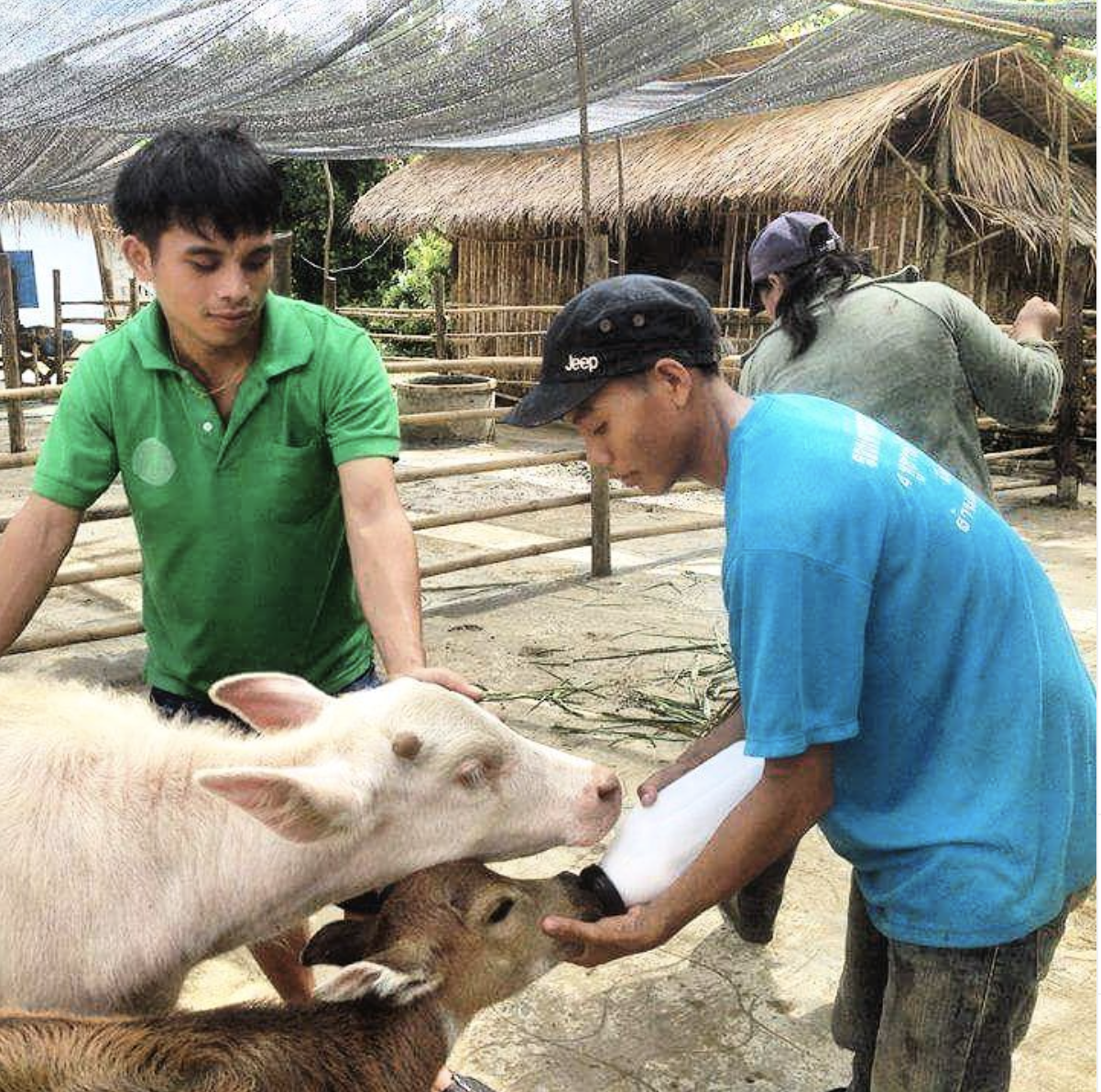

Uli and his Buffalo
A businessman in Laos, by the name of Uli had heard about what we are doing and he thought it was a great idea that would benefit the local people. He offered to buy pregnant buffalo to keep on our farm. That was a very generous offer and we were excited that he believed in what we were doing, but we needed to tell him we were not ready yet. The mini-farm was very rudimentary at this point and couldn't house that many buffalo.
He agreed to wait and we went about our business talking with people, feeding the few buffalo we already had, training a team, and just generally going about the day, trying to make things work. Then about two months later, we got a phone call from Uli – he had found a trader and bought nine pregnant buffalo and they should be arriving soon. That’s fantastic, but we still weren’t ready for them! This of course posed a problem as Uli didn’t have any land to keep the buffalo on. So, after some back and forth phone calls, he finally found a friend who was willing to take them for a temporary time until we could transfer them to the farm. This made us move faster. We needed to finish the mini-farm to take them.
But, we decided some other things needed to happen before the buffalo came to us. Like knowing if they were pregnant and how far pregnant they were. After an initial assessment, it turned out that of the nine buffalo he bought that were supposed to be pregnant, only four actually were. Uli sold the five buffalo who weren’t pregnant and we brought the other four to the farm to wait. One of these buffalo was to become our star, Lola! Thanks to Uli, we had some more buffalo to give us milk, but still not enough.
In the end, the reticence of the farmers to become involved caused us to do something drastic. In September 2017, we were still only getting about six liters of milk a day, as we only had a few buffalo on the farm. If we wanted to succeed, we needed more milk so we could make products to sell. We went to our friends at the Mini Murrah Farm just outside of Bangkok, Thailand and we arranged to buy 12 pregnant Murrah buffalo from them. On 26 September 2017, our pregnant ladies arrived on the farm. It was quite a to-do to get them off the truck too. You could tell the team was a little hesitant with these big beasts – they are much bigger than the local swamp buffalo. We tried telling them in Lao to move off the truck and then in English, but it wasn’t until a team member spoke to them in Thai that they actually moved. A good laugh was had by all, and our pregnant buffalo moved into quarantine for their first month with us. And now we had to wait for the calves to be born...
The Murrah heading to quarantine just after getting off the truck.
In our next blog, find out how our buffalo breeding program developed and meet the cute buffalo calves...
HAVE YOU SEEN OUR SOCIAL MEDIA THIS WEEK?
If not, pop on over to facebook/laosbuffalodairy or instagram/laosbuffalodairy to see what we have been up to!
TOURISM IN NEED
COVID-19 has badly affected tourism and visits to the farm. In order to mitigate some of the effects of the loss of income this has meant for the dairy, we have teamed up with the Tourism in Need initiative that supports responsible tourism organizations affected by the pandemic. Through this initiative, travelers can support the dairy through the Give Today, Go Tomorrow fundraising scheme. Click here to find out more and to make a contribution to help us to pay farmers and team members, and continue to train farmers and work on our nutrition program.







